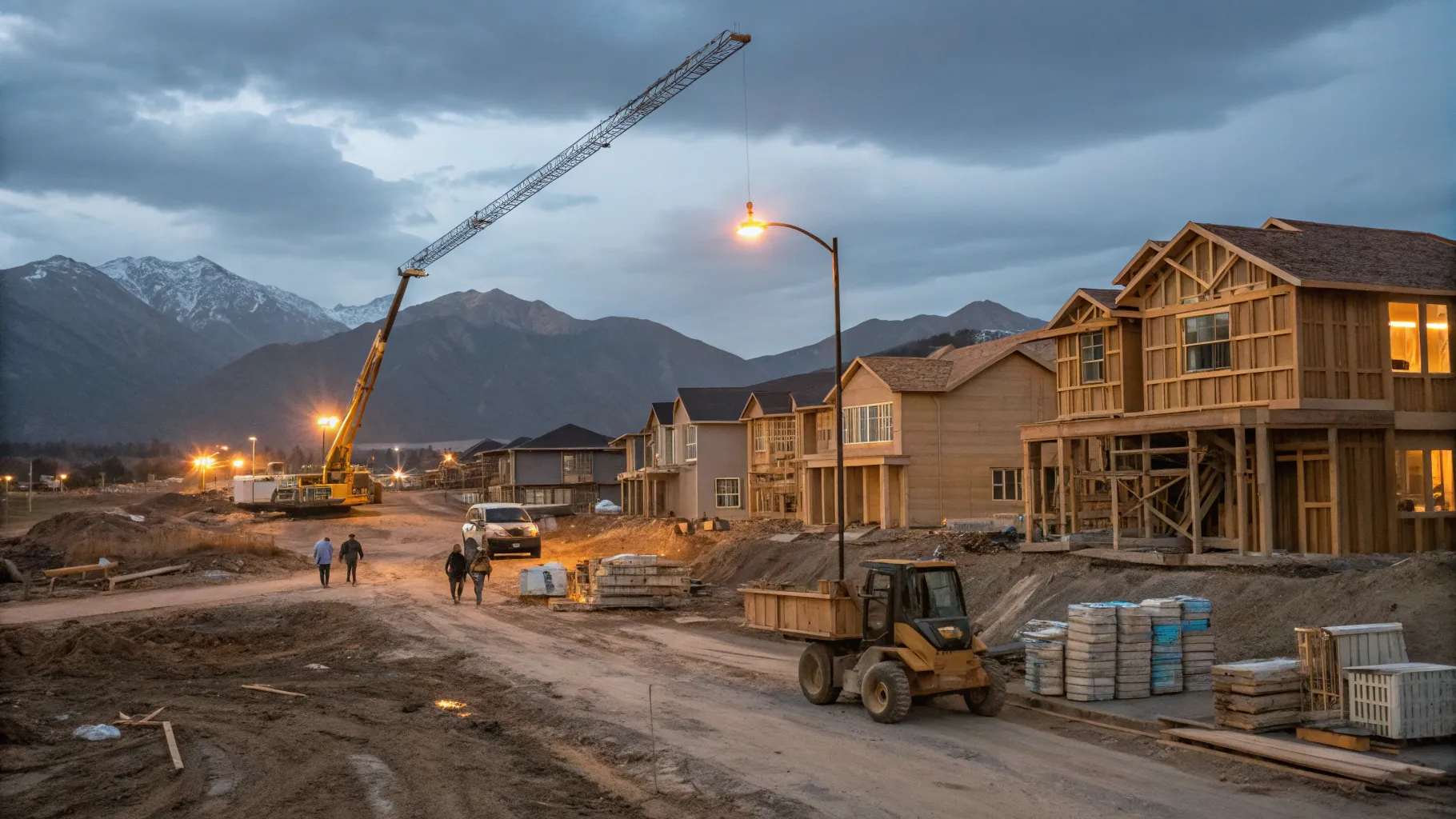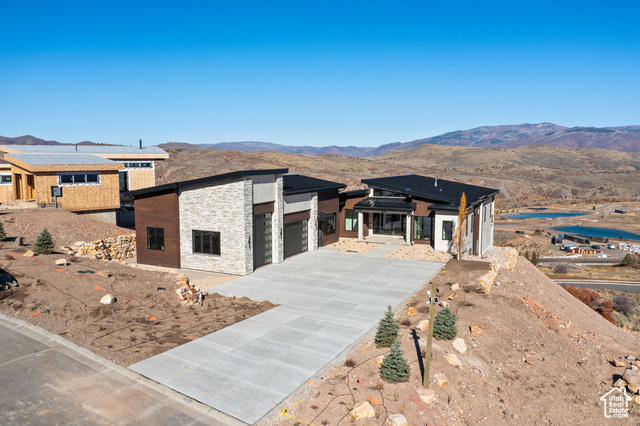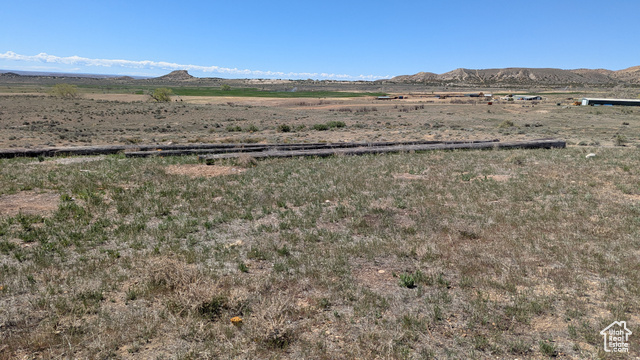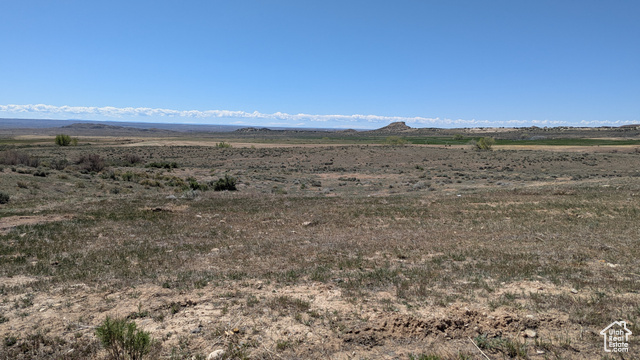The kitchen is often called the heart of the home, and for good reason. It’s where families gather, guests linger, and meals bring people together. But if your kitchen looks dated or has small problems that linger, it can quietly pull down your home’s value.

A sharp rise in business bankruptcies is reshaping the housing landscape in Utah and nationwide as of September 2025. Builders—from small private contractors to large planned communities—are feeling the strain from higher interest rates, shifting demand, and tighter financing. This update examines why builders are failing, highlights notable examples (including a Florida unfinished-home case and a Chapter 11 filing for a Wasatch Back luxury community), and outlines practical protections for buyers and sellers across the Utah market.
Why home builders are filing for bankruptcy
Bankruptcy filings across the U.S. climbed to levels not seen since the COVID period, and builders are part of this trend. Several structural factors are converging to create financial stress for homebuilders: sustained higher mortgage and construction financing rates that compress profit margins, reduced resale demand for certain product types (notably accessory dwelling units in some micro-markets), rising input costs, and commercial real estate pressures that affect developer liquidity. Overleveraging and speculative add-ons—such as designing homes to include ADUs or oversized mechanical systems in advance of demand—leave builders exposed when market conditions change.
In many cases, builders discovered they had multiple liens and vendor claims on unfinished properties as subcontractors and suppliers sought payment. When construction slows or stops, those liens can jeopardize title and make closings impossible until funds are resolved or bankruptcy proceedings play out.
Notable cases: a Florida unfinished home and a Wasatch Back Chapter 11
One high-profile example outside Utah involved a buyer who purchased a lot premium and paid 15% down on a home priced at roughly $184,900, expecting a completed retirement house. Construction stopped mid-build, leaving the buyer with an unfinished property and significant out-of-pocket expenses. That situation illustrates how pre-paid lot premiums and down payments can be at risk when a builder becomes insolvent.
Locally, a Wasatch Back luxury community encompassing nearly 5,000 acres entered a Chapter 11 restructuring, reporting claims from dozens of creditors. The community’s restructuring filing underscores how large-scale master-planned developments can become entangled in multi-creditor insolvency matters, slowing new home deliveries and creating ripple effects for local suppliers and buyers in Summit County and surrounding areas.
A local new-construction nightmare: common warning signs illustrated
Anonymized, representative scenarios from Utah transactions reveal recurring red flags. In one case, buyers negotiated significant price reductions and closing cost credits on a private builder’s new construction home. The builder initially promised quick completion and possession, but weeks passed with no progress. The buyer—who happened to own a plumbing company—identified a water heater model discontinued in 2018 and the absence of an expansion tank, suggesting non-professional installation. The inspector and the tradesperson independently concluded work likely performed by a handyman rather than licensed subcontractors.
Further diligence revealed multiple mechanics' liens against the property. Because the purchase used a standard new-construction purchase form from the Utah Association of Realtors rather than a builder-drafted contract, the buyers obtained stronger protections—allowing exit from the deal and recovery options that can be more limited under one-sided builder contracts written by counsel for the developer.
Other cautionary details that often appear in stressed projects include: oversized mechanical equipment inconsistent with the finished floor area (a sign of planned ADU or future finish), finished elements showing discount or outlet-sourced appliances, and repeated contractor changes or finger-pointing by the builder when issues are documented.
Practical steps for Utah buyers and sellers (September 2025)
Given the evolving risk profile, buyers and sellers should adopt a risk-aware approach to new construction and resale transactions in Utah. Recommended actions include:
- Use standardized association forms for new construction: Forms from local Realtor associations are typically drafted to balance protections for buyers and sellers; these forms may limit situations where builders can indefinitely hold funds or cancel deals without remedy.
- Require an up-to-date title and lien search: Insist on a full title commitment that identifies any recorded liens or claims prior to closing. If liens exist, make closing contingent on lien releases or escrow holdbacks.
- Insist on licensed trades and verifiable warranties: Verify that key systems (plumbing, electrical, HVAC) were installed by licensed contractors and that manufacturer warranties are transferable and documented.
- Include certificate-of-occupancy and contingency deadlines: Set firm deadlines for CO issuance and include remedies (escrow holdbacks, liquidated damages) if completion is delayed beyond agreed dates.
- Obtain independent inspections, even on new construction: Use a qualified inspector and encourage buyers to attend inspections and ask for trade punch-list documentation and contractor licensing proof.
- Evaluate builder financial stability: Request references, evidence of lines of credit or performance bonds, and recent project histories. Watch for rapid staff turnover or multiple projects with the same subcontractor liens.
- Consider existing inventory homes: Given the uncertainty of some new builds, purchasing an existing, inspected home may reduce risk for buyers who cannot tolerate construction delays.
For Utah buyers and sellers seeking tools and market access, local listing portals and resources remain valuable; one such resource is https://bestutahrealestate.com which aggregates regional inventory and market pages.
Legal and contract considerations
Builder-prepared contracts often favor developers: they can include payment schedules, change-order clauses, and dispute-resolution terms that limit buyer remedies. During the pandemic, some builders leveraged such contracts to cancel and re-list homes at higher prices when demand surged. In the current environment, that imbalance works in reverse—buyers need contract terms that protect against incomplete work, undisclosed liens, and substandard installations. Engaging qualified real estate counsel or relying on association-recommended purchase agreements can materially improve contractual protections.
Market implications for Utah real estate (September 2025)
Rising builder insolvencies may slow new-home deliveries, tighten forward supply in specific neighborhoods, and create bargain opportunities where repossessed or bank-controlled inventories appear. Investors and homeowners should watch for localized effects: master-planned community restructurings can create temporary excess supply of unfinished lots, while small-scale builder failures can reduce available inventory quickly if subcontractors halt work. Monitoring county recording offices for liens and tracking public bankruptcy filings will help market participants anticipate localized disruptions.
Conclusion
The uptick in builder bankruptcies is a signal that the housing market and broader economy have not fully settled. Buyers and sellers in Utah should remain vigilant, prioritize contract protections, and perform thorough due diligence on builders and projects. With careful planning—using standard purchase agreements, full title searches, independent inspections, and clear contingency language—market participants can reduce risk and navigate the shifting landscape through September 2025 and beyond.
Frequently Asked Questions
Are home builders actually going bankrupt in Utah and nationwide?
Yes. As of September 2025, business bankruptcies have risen to levels not seen since COVID, and builders are among those filing or restructuring. Examples include both small private builders and large planned communities entering Chapter 11 proceedings in areas such as the Wasatch Back.
How can a buyer protect themselves when purchasing new construction?
Buyers should use standardized purchase forms, require clear title searches and lien releases, make closing contingent on certificate-of-occupancy, require proof of licensed subcontractors and warranties, and include escrow holdbacks or other remedies for incomplete work. Independent inspections and verification of manufacturer dates and installation standards are also essential.
What specific red flags should Utah buyers watch for?
Warning signs include multiple subcontractor or supplier liens, repeated contractor changes, equipment or appliances that seem mismatched to the home (e.g., oversized HVAC for unfinished square footage), discontinued or incorrectly installed systems, and a builder unwilling to provide timely documentation or reasonable completion timelines.
Should buyers avoid builder contracts entirely?
Not necessarily, but builder-drafted contracts require careful review. These contracts often favor the seller/developer. When possible, buyers should negotiate terms or use association-recommended forms that provide stronger remedies and clearer timelines. Legal review is recommended for high-value or complex builds.
How will these bankruptcies affect local markets through September 2025?
Expect localized delays in new home deliveries, potential opportunities for purchasing finished inventory or re-listed assets, and greater emphasis on title diligence. Market effects will be uneven; some communities may see slowed pace of construction while others remain insulated.












